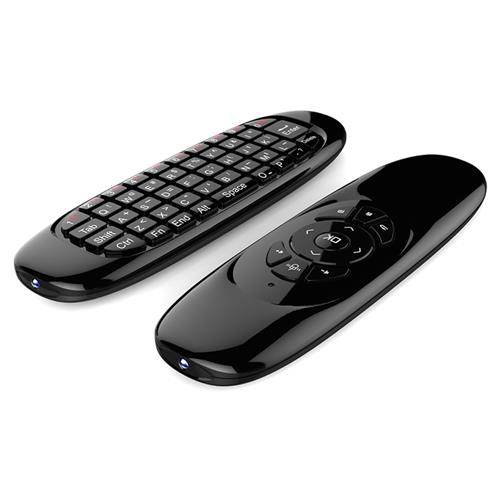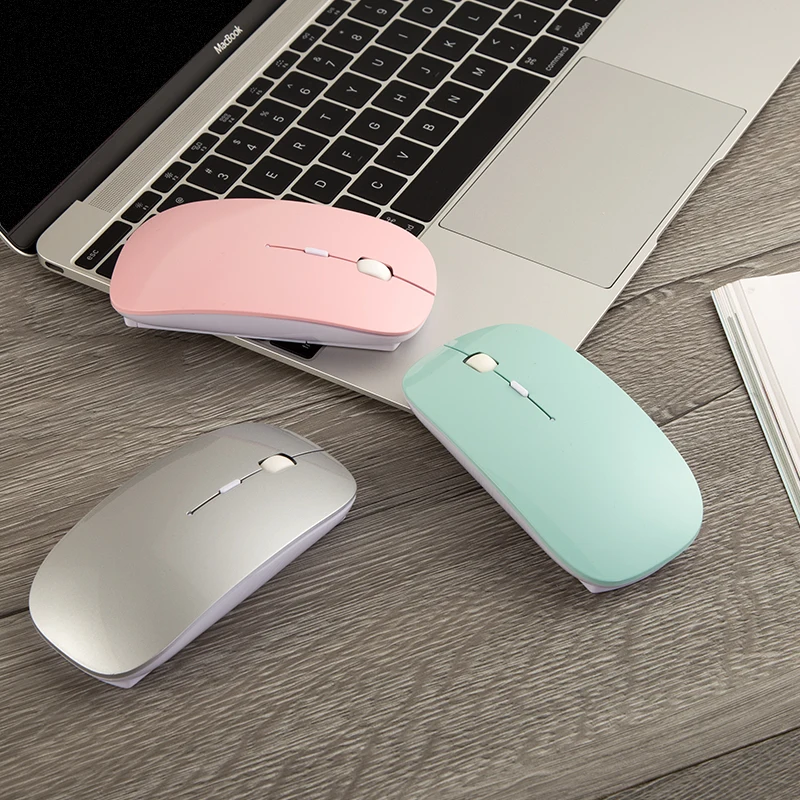Nothing is more annoying than a laggy and slow mouse, especially when you are in a mood to get some serious work done. In this article, we are showing you the steps to fix a laggy mouse on Mac.
UrChoiceLtd® Wireless Mouse, 2.4GHz Mouse Form Fitting Ergonomic Curved Cordless USB Optical Gaming Mouse with Nano Receiver Computer Mouse for Apple Macbook Air Pro PC Laptop 4.0 out of 5 stars 108 £9.99£9.99 Get it Tuesday, May 5. Apple Magic Mouse 2. Apple Magic Mouse 2 is one of the best mouse for MacBook Pro. Apple Magic Keyboard, Magic Mouse 2, Magic Trackpad 2. Redesigned to be fully rechargeable and even more of a joy to use. This guide to the best mouse for Macs in 2020 will give you all you need to chose the ultimate mice to use with your Mac or MacBook. Because while Macs come with mice included, you may not want to use the one Apple gives you in the box – especially when it comes to doing creative work. Control your computer like magic with the motion of your hand using the in-air gyroscope mouse. Quit, run, and switch programs in your dock using the OS X style dock. Also shutdown and put your computer to sleep. Find and open files on your computer remotely using the file browser.
Fix Laggy or Slow Mouse on Mac
The issue of a laggy or slow mouse on Mac could be due to a variety of reasons, ranging from weak batteries, a faulty mouse and incorrect settings to software related issues.
Hence, we are listing below a number of ways to fix laggy or slow mouse on Mac, starting with the simplest methods like replacing the batteries on the Mouse, before moving onto more complex methods.
You can try these methods in sequence or jump to any particular method/methods that you believe are more likely to help in your case.
Check Mouse and Mouse Pad
Examine your Mouse and make sure that no debris/dirt is stuck in the laser opening of the Mouse, located at the bottom of the Mouse. Also, take a good look at the Mouse Pad and see if it needs to be replaced (Worn out, Dirty).
Replace Batteries
One of the most common reason for laggy or slow Mouse on Mac is due to the Batteries on the Mouse being weak. Hence, simply replace the battery on the Mouse of your Mac with a new one and see if it helps in fixing the problem
Change USB Port
Another common reason is the USB port of the Mac not playing well with your Plug & Play Mouse due to some technical glitch. To rule out this possibility, plug the mouse into another USB port and see if it starts working better.
In case you are using a USB Hub, try plugging the mouse directly into the USB Port of your Mac and see if the problem is gone.
Restart Mac
The most common troubleshooting tip is to restart your device and see if it starts working properly after restarting. This simple tip is based on the fact that restarting a computer can often help it recover from stuck programs and minor software glitches which might be causing problem s on the device.
1. Click on Apple Logo from the top menu bar on your Mac and then click on Restart from the dropdown menu.
Is Your Mouse Defective ?
Follow the steps below, to rule the possibility of the Mouse being defective.
1. Plug in another Wireless/Bluetooth Mouse into your Mac.
If the new mouse works perfectly fine than chances are that your mouse is defective and needs to be replaced.
2. Now, plug the Mouse into another computer (Preferably a Windows computer).
If the Mouse is still not working, it confirms that the Mouse is defective. If you recently bought the mouse, return or exchange it as soon as possible.
Fix Slow Mouse On Mac Using System Preferences
In case you find that the cursor is dragging or moving slowly, it is most likely that the tracking speed of the mouse has been set to a low value on your Mac.
1. Click on the Apple Icon from the top left corner of your screen and then click on System Preferences… in the dropdown menu.
2. On the System Preferences screen, click on the Mouse icon (See image below)
3. On the next screen, adjust both the tracking speed and scrolling speed by moving their respective sliders to the right (See image below)
The change takes effect immediately, start using your Mouse and see if it feels faster than it was before. In case the Mouse has become too fast, play around with the sliders, until you get the right tracking speed.
Fix Slow Mouse on Mac by Turning Off Handoff Feature
Some users have reported that turning off the handoff feature on Mac has resolved the problem of a slow or laggy mouse.
1. Click on the Apple icon from the top left corner of your screen and then click on System Preferences… in the dropdown menu.
2. On the System Preferences screen, click on General.
3. On the General settings screen, uncheck the option for Allow handoff between this Mac and your iCloud devices.
Unplug and Move Other Wireless Devices Near your Mac
Sometimes the problem of a laggy or slow mouse is due to interference from other Bluetooth devices that are close to your Mac.
1. Disconnect all the wireless devices (including your mouse) from your Mac.
2. Next, Turn OFF the Bluetooth option on your Mac
3. Move all the disconnected wireless devices away from your Mac
4. Now, plug the Mouse back into the Mac and enable Bluetooth on your Mac.


See if this method has improved the speed and performance of the Mouse.
Reset NVRAM

NVRAM which stands for Non-Volatile Random-Access Memory stores the settings of external devices connected to Mac. It is quite possible that the reason for laggy or Slow Mouse on your Mac is due to its corrupted NVRAM.
You can follow the steps mentioned in this article to Reset NVRAM on your Mac: How to Reset NVRAM or PRAM on Mac
Image Source – Apple.com
Before you begin
Connecting a Bluetooth accessory to your iPad requires iPadOS 13.4 or later. These iPad models support iPadOS 13 and later:
- iPad (5th generation) or later
- iPad mini 4 or later
Learn how to identify your iPad and update your software.
How to connect a Bluetooth mouse or trackpad to your iPad
- Turn on your Bluetooth accessory and place it near your iPad.
- Make sure that your accessory is in pairing or discovery mode.
- Apple Magic Mouse and Magic Trackpad should be ready to pair at this point.
- If you're pairing a third-party accessory that you've used with another device, follow the pairing-mode steps from its manufacturer.
- Open the Settings app on your iPad.
- Tap Bluetooth.
- Look under Other Devices for your Bluetooth accessory, then tap its name to pair it with your iPad.
Depending on the accessory that you're connecting, you might need to take extra steps. Follow any onscreen instructions that appear. If you're pairing with Apple Magic Mouse or Magic Trackpad and you're asked to provide a code, use 0000 (four zeros).
If you're having trouble connecting your accessory, try these tips.
iPadOS doesn't support scrolling or other gestures with Apple Magic Mouse (1st generation) or Magic Trackpad (1st generation).
If you see a connectivity alert
When using a Bluetooth mouse or trackpad with your iPad, you might see an alert that says 'Using this accessory may affect Wi-Fi and Bluetooth connectivity.'
Wireless interference can happen when you use a Bluetooth accessory with some iPad models. The more Bluetooth accessories that are connected to your iPad and active, the more likely you are to experience wireless performance issues.
If this happens, and you have connectivity issues, try disconnecting any Bluetooth accessories that you're not using. In Settings > Bluetooth, tap the information button next to the accessory's name, then tap Disconnect.
Reconnect, disconnect, or forget the Bluetooth accessory
After it pairs with your iPad for the first time, your accessory appears under My Devices in Settings > Bluetooth. Tap your accessory's name to reconnect it to your iPad when it's not connected.
Air Mouse For Mac Mini
To disconnect the accessory or have your iPad forget the accessory, tap the information button next to its name.
Air Mouse For Android Tv
Learn more
Mouse For Apple Macbook Air
- Using a wireless accessory with your iPad is similar to using one with a desktop or notebook computer. But there are some features that make the experience unique to iPad. Learn how to use a Bluetooth mouse or trackpad with your iPad.
- You can see the battery percentage of your connected Bluetooth mouse or trackpad in the Batteries widget. Learn how to add widgets in the Today View on your iPad.
- Don't see the onscreen keyboard when you have a trackpad or mouse connected? Tap the keyboard button in the lower-right corner of the screen. In the menu that appears, tap the show keyboard button . To hide the software keyboard, tap the dismiss button .
